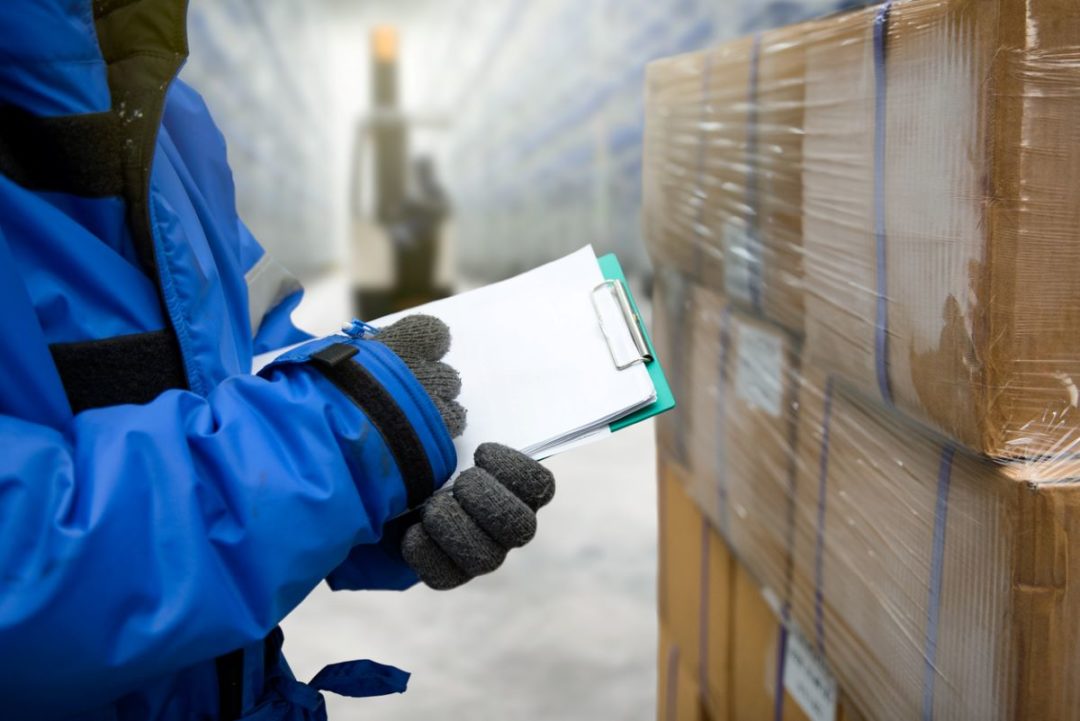Cold chain logistics are vital for maintaining the quality and safety of perishable goods, such as food and pharmaceuticals, from production to consumption. In emerging markets, the need for efficient cold chain logistics is growing rapidly due to increasing demand for fresh produce, dairy products, meat, and vaccines. However, these regions face unique challenges, including inadequate infrastructure, limited access to technology, and high costs. This blog explores innovative approaches to overcoming these challenges and optimizing cold chain logistics in emerging markets.
1. Solar-powered cold storage
In regions with limited access to reliable electricity, solar-powered cold storage units provide a sustainable and effective solution.
Key features:
Solar panels: harness solar energy to power refrigeration units.
Battery storage: store excess energy to ensure continuous operation during cloudy days and nighttime.
Portability: design units to be easily transportable to remote areas.
Statistical insight: according to the international renewable energy agency (irena), solar-powered cold storage can reduce energy costs by up to 60% compared to traditional methods.
Case study:
Example: coldhubs, a nigerian company, has successfully implemented solar-powered cold storage units for farmers, reducing post-harvest losses by 80% and increasing farmers’ incomes by 25%.
2. Iot and real-time monitoring
The internet of things (iot) and real-time monitoring technologies enhance visibility and control throughout the cold chain.
Key features:
Iot sensors: monitor temperature, humidity, and location in real-time.
Data analytics: analyze data to predict potential issues and optimize logistics.
Alerts: send instant alerts for temperature deviations or equipment failures.
Statistical insight: frost & sullivan reports that the integration of iot in cold chain logistics can improve efficiency by 30% and reduce spoilage by 20%.
Case study:
Example: a south african logistics company implemented iot sensors and real-time monitoring for their cold chain fleet, reducing spoilage rates by 18% and improving delivery accuracy.
3. Mobile cold storage solutions
Mobile cold storage units offer flexibility and scalability, particularly in areas with fluctuating demand and limited infrastructure.
Key features:
Containerized units: portable cold storage units that can be transported by trucks.
Modular design: easily scalable to match varying storage needs.
Quick setup: rapid deployment to meet seasonal or emergency requirements.
Statistical insight: the global market for mobile cold storage solutions is expected to grow at a cagr of 10% over the next five years, driven by demand in emerging markets.
Case study:
Example: a brazilian agribusiness adopted mobile cold storage solutions to handle seasonal surges in fruit production, reducing waste by 15% and increasing market reach.
4. Blockchain for traceability
Blockchain technology enhances traceability and transparency in the cold chain, ensuring product integrity and compliance.
Key features:
Immutable records: securely record every transaction and movement in the supply chain.
Smart contracts: automate compliance checks and trigger actions based on predefined conditions.
Enhanced transparency: provide stakeholders with real-time access to product information.
Statistical insight: according to ibm, blockchain can reduce the cost of supply chain transactions by up to 35% and increase traceability by 50%.
Case study:
Example: a kenyan dairy cooperative implemented blockchain to track milk from farms to consumers, reducing fraud and improving product quality. This initiative led to a 20% increase in consumer trust and sales.
5. Collaborative logistics networks
Collaborative logistics networks enable multiple stakeholders to share resources and infrastructure, reducing costs and improving efficiency.
Key features:
Shared warehousing: multiple companies share cold storage facilities to optimize space and reduce expenses.
Joint distribution: collaborate on transportation to maximize load capacity and minimize trips.
Information sharing: use a centralized platform to share logistics data and coordinate efforts.
Statistical insight: a study by the world economic forum found that collaborative logistics can reduce overall supply chain costs by 15% and lower greenhouse gas emissions by 20%.
Case study:
Example: in india, several small-scale food producers formed a logistics cooperative to share cold storage and transportation resources, cutting their logistics costs by 25% and expanding their distribution network.
6. Government and public-private partnerships
Government initiatives and public-private partnerships (ppps) play a crucial role in developing cold chain infrastructure in emerging markets.
Key features:
Infrastructure investment: government funding and incentives for building cold storage facilities and transport networks.
Regulatory support: streamlining regulations and providing technical assistance to ensure compliance with international standards.
Capacity building: training programs and workshops to build local expertise in cold chain management.
Statistical insight: the international finance corporation (ifc) reports that ppps in the cold chain sector can leverage private investment to expand infrastructure development by 30%.
Case study:
Example: the indian government’s mega food parks scheme, which involves public-private partnerships, has led to the establishment of integrated cold chain infrastructure, benefiting over 50,000 farmers and reducing food wastage by 10%.
7. Innovative packaging solutions
Advanced packaging solutions can extend the shelf life of perishable goods and maintain quality throughout the supply chain.
Key features:
Insulated packaging: provides thermal insulation to protect products from temperature fluctuations.
Active packaging: incorporates materials that can absorb ethylene, control humidity, or release antimicrobial agents.
Sustainable packaging: eco-friendly materials that reduce environmental impact.
Statistical insight: according to marketsandmarkets, the active and intelligent packaging market is expected to grow at a cagr of 7.5%, driven by demand for better cold chain solutions.
Case study:
Example: a moroccan citrus exporter adopted active packaging with ethylene absorbers, extending the shelf life of their products by 20% and reducing spoilage during transit.
Conclusion
Optimizing cold chain logistics in emerging markets requires innovative approaches that address unique challenges such as inadequate infrastructure, high costs, and limited access to technology. By leveraging solar-powered cold storage, iot and real-time monitoring, mobile solutions, blockchain, collaborative networks, government partnerships, and advanced packaging, stakeholders can significantly improve the efficiency, sustainability, and reliability of cold chains.








